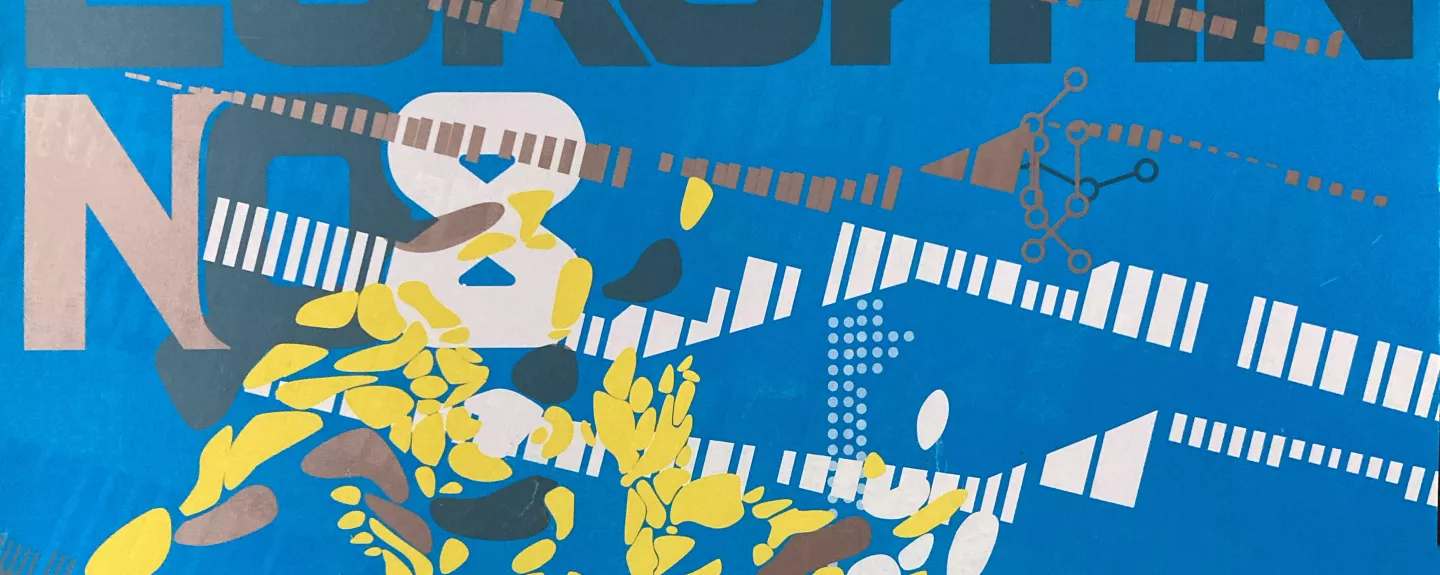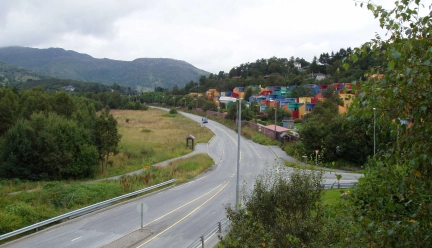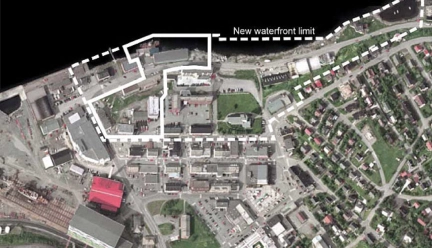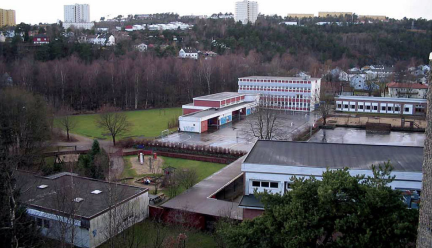European urbanity

The generic theme of Europan 8, European urbanity, implies precisely collaboration with the municipalities and urban developers of the organizing countries, as much as it calls for a new know-how from the designers. Urbanity can be defined as a collective way of experiencing the city and its functions, but also as the will to examine the heterogeneity of its forms and to think out public space to encourage people to meet in places they share in common.
RECONCILING LIVING TOGETHER AND LIVING AT HOME
The ultimate goal of the European vision of the town is to create society, i.e. to bring together people of all conditions and all origins. But one must not forget the prevailing trend towards individualisation and the search for autonomy. Europan addresses this contradiction in its desire for the town, meaning the search for animation, community life, the public, and at the same time in seeking to preserve privacy, being at home, in the intimate circle.
THE TOWN-PLANNING / ARCHITECTURAL SCALE
Creating urbanity is the task of the architect and the landscaper. It is buildings that demarcate public space, the furniture placed in it, their dialogue with vegetation, the pathways that border or cross them, which make up the sort of atmosphere one wishes to achieve. Urbanity is landscape, atmosphere, place: it is usually perceived on the scale of views from windows, but also on the scale of different types of mobility from the pedestrian to the car. The theme thus places the competition between urban planning and building construction, to bring to light a technique for “architecturing urbanity”.
In Europan the question is to foster the emergence of strategic projects with the possibility of influencing the development of an urban area markedly more extensive than the site itself. For this session the proposed contexts could be located in any part of the town provided the problems of mutation came within the scope of the theme. Thus the 74 sites accepted in European cities concern equally well the conversion of sectors of the consolidated town, the rehabilitation of complex or obsolete industrial sites, or the requalification of districts in distress.
With this objective of strategic commission in view, it is possible to classify the sites into thematic families. These families serve as a link between the local authorities and the owners facing the same problems and make what is at stake in the sites more legible to the competitors. Thus the session’s European forums are arranged in the form of debates around these themes, grouping several sites so as to be able to make comparisons based on the questions put to competitors and the proposals for evolution advanced by the prizewinning teams.
Five main themes were identified by the Europan Technical Committee from a comparative reading of the sites. These refer to strategic issues of European town mutation.
- Building with nature
The demand of city dwellers to live in town but at the same time in or near nature raises the question of how to create urban landscapes with a balance between the built and natural elements. In green enclaves inside the city or in natural sites to be urbanised, how can we mix nature and the built? How should we consider the relationship between urban space and natural territory, whether it be a question of building opposite a natural heritage or of creating a landscape in a dynamic relation to the built?
- Generating the new
In order to limit urban spread and preserve natural territory, the town is extending onto disused land and vacant sites. How to generate new districts here? Large industrial sites, partly or wholly obsolete, offer an environment for developing urban projects. How should their urbanisation be managed over time? Other urban sites of no constructed heritage value require the creation of totally new fragments. How to insert these and connect them to their context? How to find strategic use for peripheral urban sites to respond to development?
- Recycling the fabric
The contemporary town has produced hybrid urban fabric composed of fragmented spaces and juxtaposed objects. How can these heterogeneous districts be restructured to facilitate urban life? Certain zones have been designed as monofunctional enclaves (housing, industry, barracks…) How can these be spatially reallocated to contemporary urban usages? How can rundown fragments of towns be given an urban dynamic by injecting new functions and public space structuring?
- Urbanising with infrastructures
Infrastructures fragment the urban space. How to integrate them into the making of the town? In order to overcome the handicaps of being cutting off by heavy infrastructures (railways, motorways etc.) what type of urban communications or interfaces can be developed? Can the networks become assets in inventing new urban poles?
- Which urbanity for the inhabitants?
Urban transformations sometimes involve the demolition of existing spaces to create new ones. But does this renovation allow the population to be maintained on the spot? How to manage the social mix, to bring the old and new populations into coexistence?
The sites
-

Bergen
The main task is to find an urban development and strategy for connecting areas split up by…
-

Stavanger
The study area is an industrial area in decline. How can it be successfully transformed from its…
-

Kirkenes
The future possibilities give a grand optimism and time of uncertainty in Kirkenes. The city…
-

Kristiansand
The main task is to insert new sport facilities and housing to an existing local centre, Idda, in a…